The pike (Esox lucius) is a carnivorous fish, widespread in Europe, Asia and America.
The pike is distinguished by its elongated body and head, reminiscent of a crocodile's. And, like the bloodthirsty predator, it has powerful jaws that can open wide, allowing the fish to catch its prey. Pikes have 2 types of teeth which they use to bite and hold on to their prey. The eyes of this species are relatively large and yellow.
A pike's body can reach up to 59″ (150 cm) in length. However, there have been even longer specimens found throughout history. Its weight can reach up 44 lb (20 kg). In pikes, it is typical for the females to have a larger body than the males. The back of the fish has a grey-green or yellow-green coloration. Its sides are greyish or yellow. The belly is white but mottled with spots.
Pike Behavior
Pikes can be seen in freshwater, as well as in brackish water. They inhabit the lower reaches of rivers and swamps. They release their roe in February and March. This can occur even if the water's surface is frozen.
The sticky roe sink to the vegetation along the bottom and easily attach to it. Afterwards, they fall down to the very bottom. If the water is warm enough, the tiny fish appear after about 1 week. If temperatures are low, this happens after about 4 weeks.
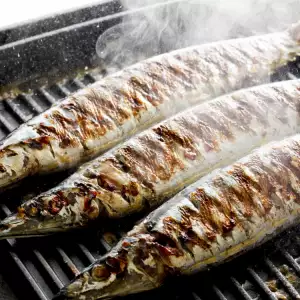
The fry feed on all kinds of floating organisms and once they grow they begin their search of larger prey. Adults tend to be quite gluttonous, devouring all sorts of other fish.
If bulky enough, pikes even attack frogs, waterfowl and water voles. Owners of man-made ponds usually count on this trait of the predatory fish, rearing them with the goal of them eradicating smaller fish.
Catching Pike
When it comes to pikes, you can use groundbait, but not for the pikes themselves, rather to attract smaller fish that would then grab the attention of the predators and have them swim toward the area you want them in. You can prepare boiled wheat and press cake for this.
Old veteran fishermen recommend using a small fish, like a crucian carp for example, as bait. It is enduring and agile, quickly attracting the carnivorous pike. If you know for a fact that a given water body contains large pike, you can use a bigger crucian carp, otherwise betting on smaller specimens is the surest method.
If you cannot get a hold of crucian carps, you can use silicone fish, available at fishing supply stores. If you're absolutely hell-bent on catching large pike, be sure to use a telescopic fishing rod, at least 9.8 ft (3 m) long.
Ensure you also have a large enough reel and float. It's best for the float to be of a darker color. Make sure your hooks are sturdy and sharp.
Selection and Storage of Pike
When picking out pike, never buy from iffy shops. Always buy food products only from regulated food stores. Fresh fish does not have an offensive unpleasant smell, the meat is elastic and the stomach is not bloated.
If any of these conditions is not met, it is not advised to purchase the pike in question. Once you've bought a pike, it is best to cook and eat it in short order. If you've caught it yourself, you can store it in the freezer for a while.
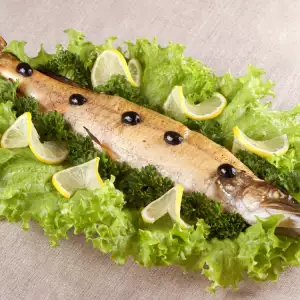
But before you put it there, you need to clean it. Remove the scales and insides. Wash the meat carefully under running water, then dry the fish inside and out. If the pike is rather big, you can cut it into pieces.
Place thus treated meat in a plate in the freezer for about 1-2 hours. Do not cover the plate. Then take out the meat and wrap it in plastic wrap. You can store the fish wrapped this way for about 2 months in the freezer.
Cooking Pike
Pike has excellent culinary properties, turning it into a suitable ingredient for many recipes. Its meat is a little dry but soft. Smaller pikes are usually fried, while the larger ones are cut into pieces and baked, boiled, breaded, smoked or jellied.
Pike goes superbly with dill, cream, lemons and onions. In some countries, they combine it with sauerkraut. You can enrich the flavor of the meat with spicy sauces and spices. Among the most appetizing specialties with pike are pike with sardines, pike with horseradish and pike sauteed in red wine.
Benefits of Pike
Pike meat is not only delicious but healthy as well. It is rich in vitamins А, В1, В6, В9, В12, С, Е, PP. It also contains phosphorus, potassium, copper, iodine, zinc, sulfur, sodium, magnesium, fluorine, cobalt, manganese and others. Eating pike helps the body deal with bacterial infections and to strengthen the entire body.
This fish boosts the immune system, which is why it should often be present at our dinner table, especially during the winter months when we are most at risk of catching a cold or getting a flu.
Pike is a suitable food for overweight people struggling to shed pounds, since the meat is low in calories (88 kcal per 100 g). In addition, pike meat is recommended for people with upset stomach and those who have trouble sleeping.
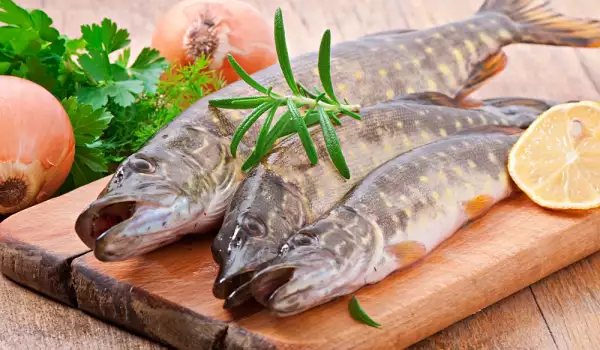
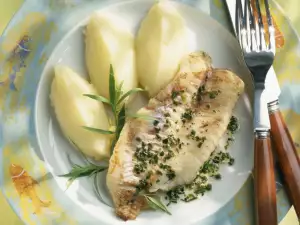


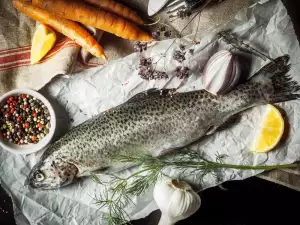
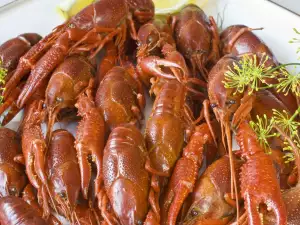












Comments